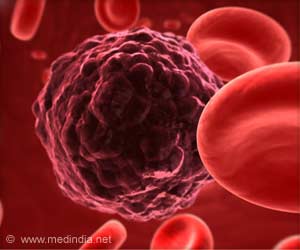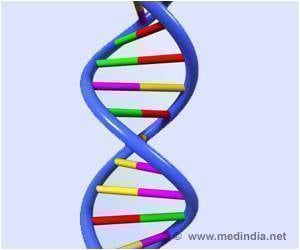Researchers have given new hope for regenerating the human retina damaged by disease or injury - by successfully awakening sleeping stem cells.
Researchers at Schepens Eye Research Institute have given new hope for regenerating the human retina damaged by disease or injury - by successfully awakening sleeping stem cells.
They have identified a chemical in the eye that triggers the dormant capacity of certain non-neuronal cells to transform into progenitor cells - a stem-like cell that can generate new retinal cells.According to the researchers, the discovery offers new hope to people suffering from diseases that harm the retina, such as macular degeneration and retinitis pigmentosa.
"This study is very significant. It means it might be possible to turn on the eye's own resources to regenerate damaged retinas, without the need for transplanting outside retinal tissue or stem cells," said Dr. Dong Feng Chen, associate scientist at Schepens Eye Research Institute and Harvard Medical School, and the principal investigator of the study.
Scientists are already aware of Muller cells and they have generally assumed that they kept retinal tissue protected and clear of debris.
However, in recent years, researchers have reported that these cells sometimes exhibit progenitor cell behaviour and re-enter the cell cycle.
Progenitor cells are like stem cells but are more mature and are more limited in the number of cells types they can become.
Advertisement
In the new study, Chen and her research team found that when the naturally occurring chemicals known as glutamate and aminoadipate were injected into the eye, the Muller cells began to divide and proliferate.
Advertisement
The researchers found that in both cases, the cells became progenitor cells and then changed into retinal cells. And with aminoadipate, the newly minted retinal cells migrated to where they might be needed in the retina and turned into desirable cell types.
The study specifically showed that by injecting the chemical below the retina, the cells give rise to new photoreceptors - the type of cells that are lost in retinitis pigmentosa or macular degeneration, which causes blindness.
Now, the researchers are planning to test this process in animals that have been bred to have diseases that mimic macular degeneration and retinitis pigmentosa.
The study is published in the March issue of Investigative Ophthalmology and Visual Science (IOVS).
Source-ANI
SRM/L










